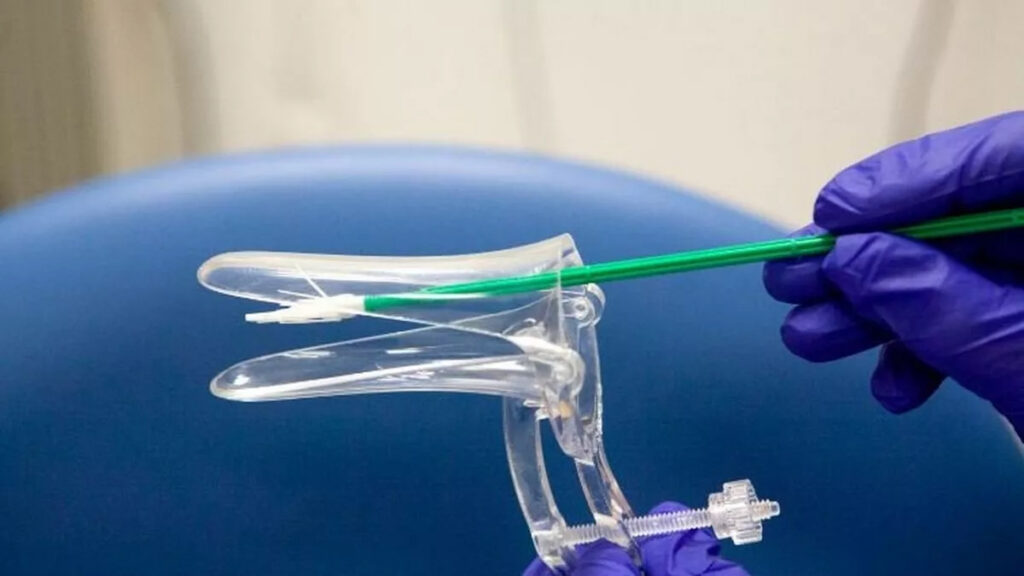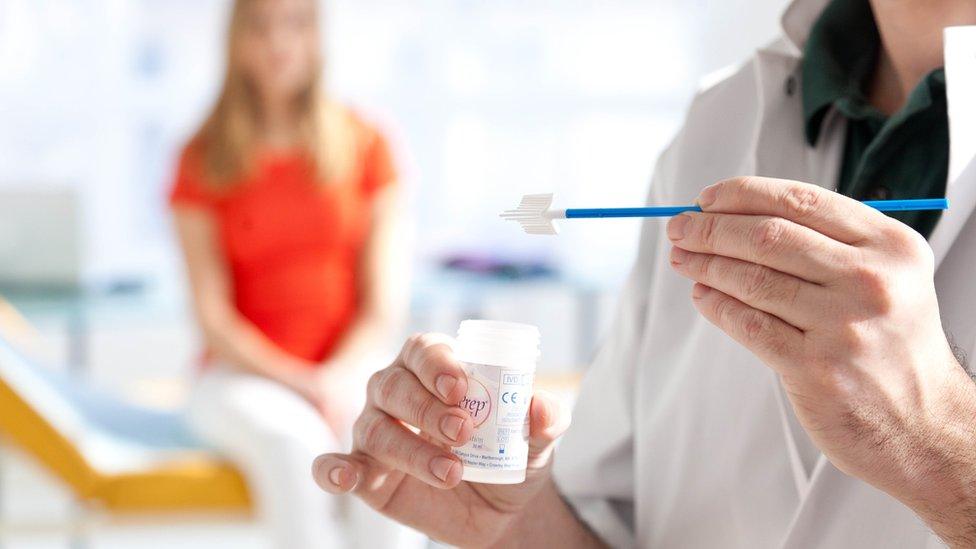Cervical Screening Risks Compared to Avoidance and the Cost of Waiting
Last modified: 23 July 2025, 10:14
Cervical screening is often misunderstood. Some women avoid it because of fear, discomfort, or a belief that they’re not at risk. Others postpone it due to time pressure, emotional stress, or simply not knowing how important it is. But the cervical screening risks that people worry about are usually minimal compared to the long-term risks of skipping it altogether.
This article takes a clear, honest look at the actual risks of cervical screening, how they compare to the risks of avoidance, and why delaying this routine test can carry a higher cost than expected, physically, emotionally, and even financially.
What Cervical Screening Is and Why It Matters
Cervical screening (also known as a smear test) is designed to detect abnormal changes in cervical cells before they turn into cancer. It doesn’t diagnose cancer — it finds early signs that may lead to it.
In the UK, women aged 25 to 64 are invited for screening every 3 to 5 years. The goal is to spot problems before they become dangerous. Still, many women either skip or delay the test. For those managing mental health conditions or struggling with personal challenges like gambling addiction, keeping up with routine healthcare can feel overwhelming or less urgent. Understanding the cervical screening risks involved in both action and inaction is key to making informed choices.

Cervical Screening Risks: What Are They Really?
The actual cervical screening risks are low, but here’s a breakdown of what they involve:
1. Physical Discomfort
- Mild pain or pressure during the test.
- Spotting or light bleeding afterwards.
- Rarely, an infection if bacteria is introduced during the procedure (very uncommon).
2. False Positives or Overdiagnosis
- In some cases, abnormal cells are flagged but may not become cancerous.
- This can lead to additional tests like colposcopy or treatment that may not have been necessary.
3. Emotional Stress
- Anxiety while waiting for results.
- Worry after hearing about abnormal findings, even if follow-up shows no serious issue.
While these risks exist, they are typically manageable and short-term. Most people recover from the physical effects quickly, and support groups for women are available during follow-up care. Compared to the risk of late-stage cervical cancer, these outcomes are far less severe.
The Bigger Risk: Avoiding Screening Altogether
Now compare the above to the risks of skipping cervical screening:
1. Delayed Detection of High-Risk HPV
- Most cervical cancers are caused by persistent infection with high-risk HPV strains.
- Screening helps identify these early, before they cause damage.
2. Development of Abnormal Cells
- Without early checks, abnormal cells can grow silently for years.
- By the time symptoms appear (e.g., bleeding or pain), it may be too late for simple treatment.
3. Higher Cancer Stage at Diagnosis
- The later the cancer is found, the more intensive the treatment.
- Late-stage cancers often require surgery, radiotherapy, or chemotherapy.
4. Lower Survival Rates
- Early-stage cervical cancer has a survival rate above 90%.
- Late-stage drops significantly, sometimes below 50%, depending on the spread.
5. Emotional and Financial Burden
- Advanced cancer leads to more hospital visits, longer recovery, and more time off work.
- The emotional toll is heavier when treatment is more aggressive and outcomes are uncertain.
In short, the cervical screening risks are small and temporary. The risks of waiting are far more serious.
Why People Avoid Screening
Avoidance doesn’t always mean neglect. People have valid concerns. Some common reasons include:
- Fear of pain or past trauma related to intimate exams
- Embarrassment about the procedure
- Misunderstanding the purpose or timing
- Belief that it’s not relevant (e.g., not sexually active, older age)
- Lack of time or trouble accessing appointments
While these barriers are real, the consequences of avoidance need to be part of the decision-making process. Education and reassurance can help reduce avoidance without dismissing personal concerns.
Real Stories, Real Costs
Healthcare professionals regularly see patients who regret waiting. A common pattern:
- A woman skips screening in her 30s due to discomfort.
- Ten years later, symptoms like bleeding or pain emerge.
- Diagnosis: Stage 3 cervical cancer.
- Outcome: Surgery, fertility loss, long-term recovery, and mental illness.
In contrast, early screening could have caught changes before they became serious. The cervical screening risks she once feared became small compared to the reality she now faces.
What Happens If Screening Finds Abnormalities
Many people avoid screening because they fear “bad news”. But abnormal results are not a diagnosis. Here’s what typically happens:
- HPV is detected: Repeat screening in a year or colposcopy may be advised if HPV symptoms are detected.
- Cell changes found: Often treated with a simple outpatient procedure (e.g., LLETZ).
- Close monitoring follows to make sure the issue is resolved.
Catching abnormalities early means minimal treatment and very high chances of staying healthy. Most treatments are quick, and many women return to normal life within days.

Balancing Fear with Facts
It’s normal to have fears about medical procedures. But comparing the real cervical screening risks to the cost of waiting shows the stakes clearly.
| Concern | Short-Term Risk | Risk of Avoidance |
| Discomfort | Mild pain or spotting | Undetected cell changes |
| False positive | Extra follow-up | Missed early-stage cancer |
| Anxiety | Stress before results | Fear after serious symptoms appear |
| Over-treatment | Extra procedures | Long, aggressive cancer treatment |
Ways to Make Screening More Comfortable
Women who delay screening due to fear or discomfort can take steps to improve the experience:
- Ask for a female nurse or doctor
- Book a double appointment for more time
- Let the nurse know about past trauma or anxiety
- Use relaxation techniques before the test
- Choose self-sampling if available
These options can reduce anxiety while still catching abnormalities early.
Conclusion
When looking at cervical screening risks, it’s important to compare them to the real cost of not screening. Discomfort, stress, or false positives are part of the process, but they’re manageable. The risks of avoidance — late detection, aggressive cancer, and lower survival — are far harder to deal with.
Cervical screening is not just another box to tick. It’s a decision that can save years of health, fertility, and life. Acting now may feel uncomfortable for a few minutes, but waiting too long can change everything.
Recent posts
- When Addiction in Women Leads from Gambling to Ignoring Cervical Health
- How HPV and Stress Together May Influence Cervical Cancer Risk
- Psychological Safety for Women Facing Cervical Cancer and Gambling Addiction
- Why the Cervical Cancer Forum UK Is a Safe Place for Emotional Support
- Is Gambling Disorder in Women a Hidden Risk to Cervical Health
- Mental Health Conditions Can Turn Anxiety and Gambling into Barriers to Cervical Screening
- Problem Gambling in Women Can Undermine Efforts in Cancer Prevention
- When Mental Illness and Cervical Cancer Collide as Two Powerful Stigmas

